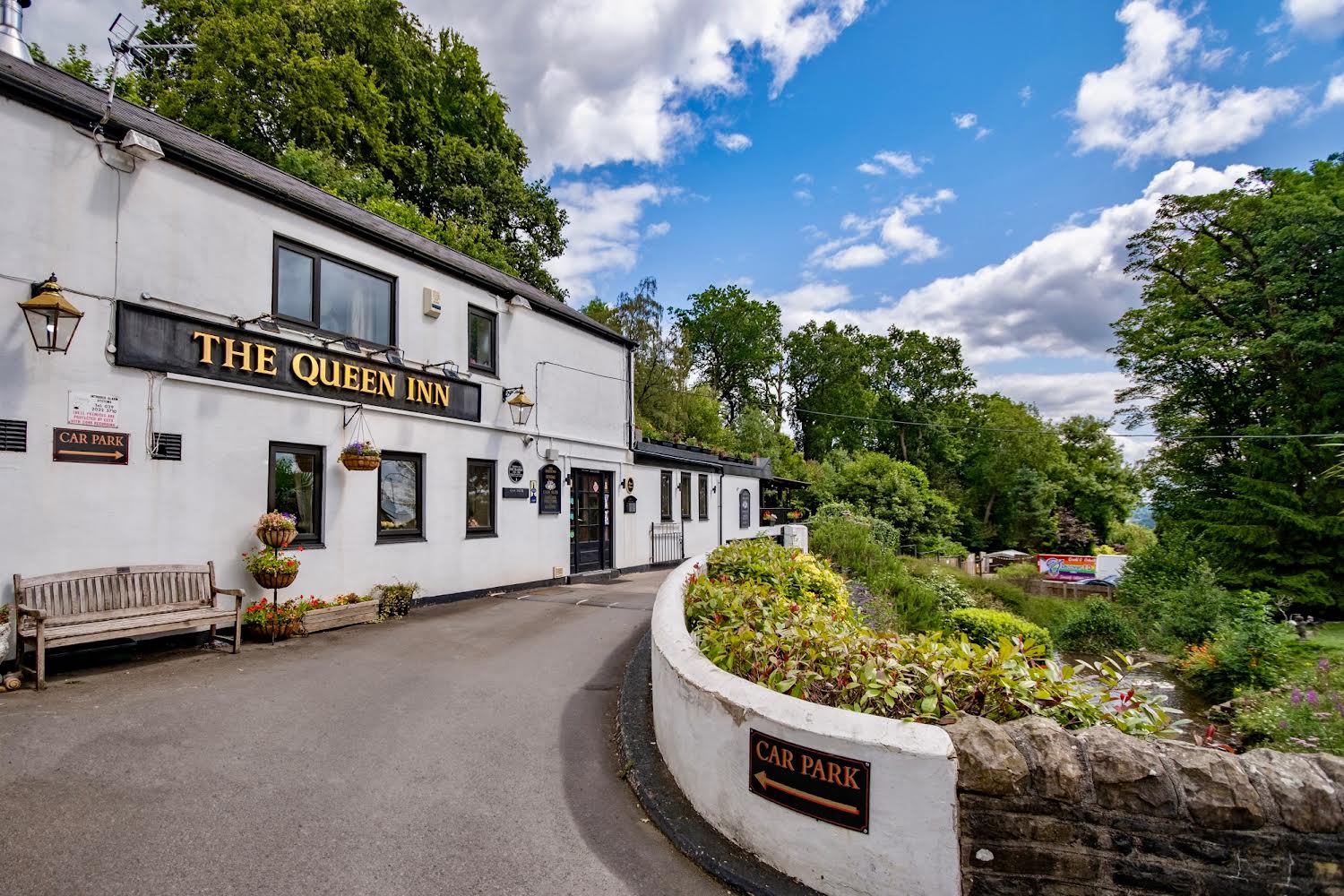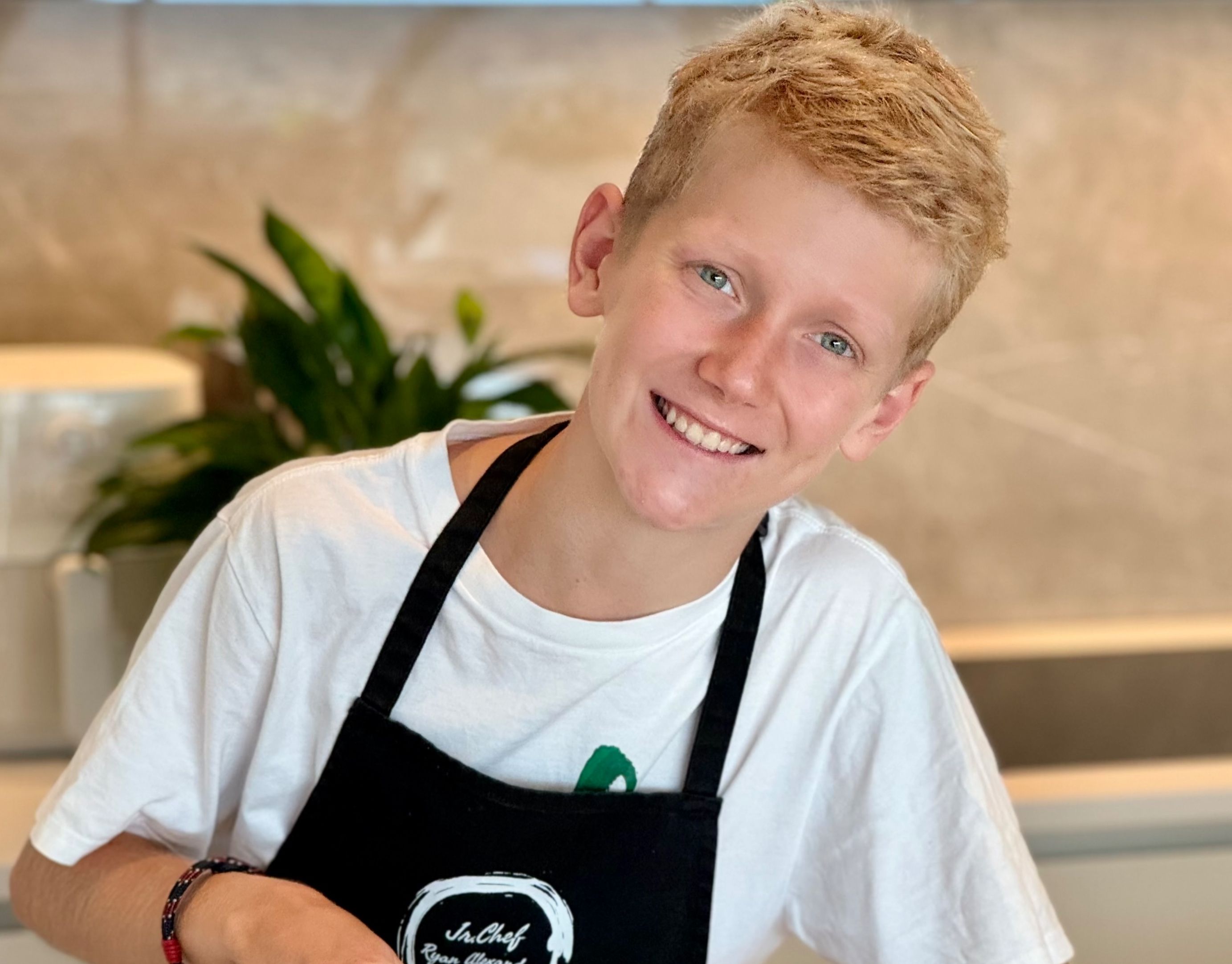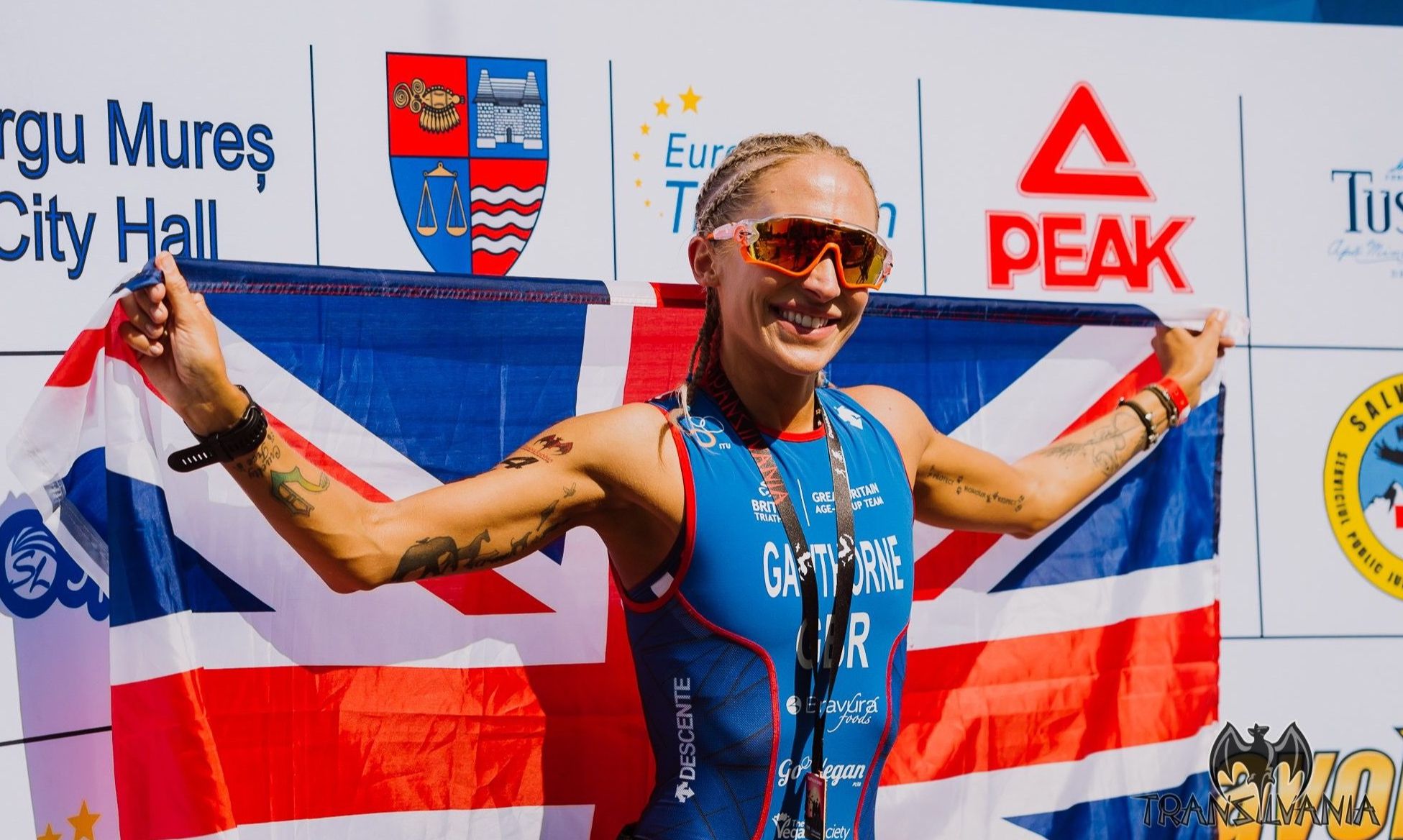Interviews
Running on plants: Harvey Lewis on ultra endurance, veganism and inspiring change

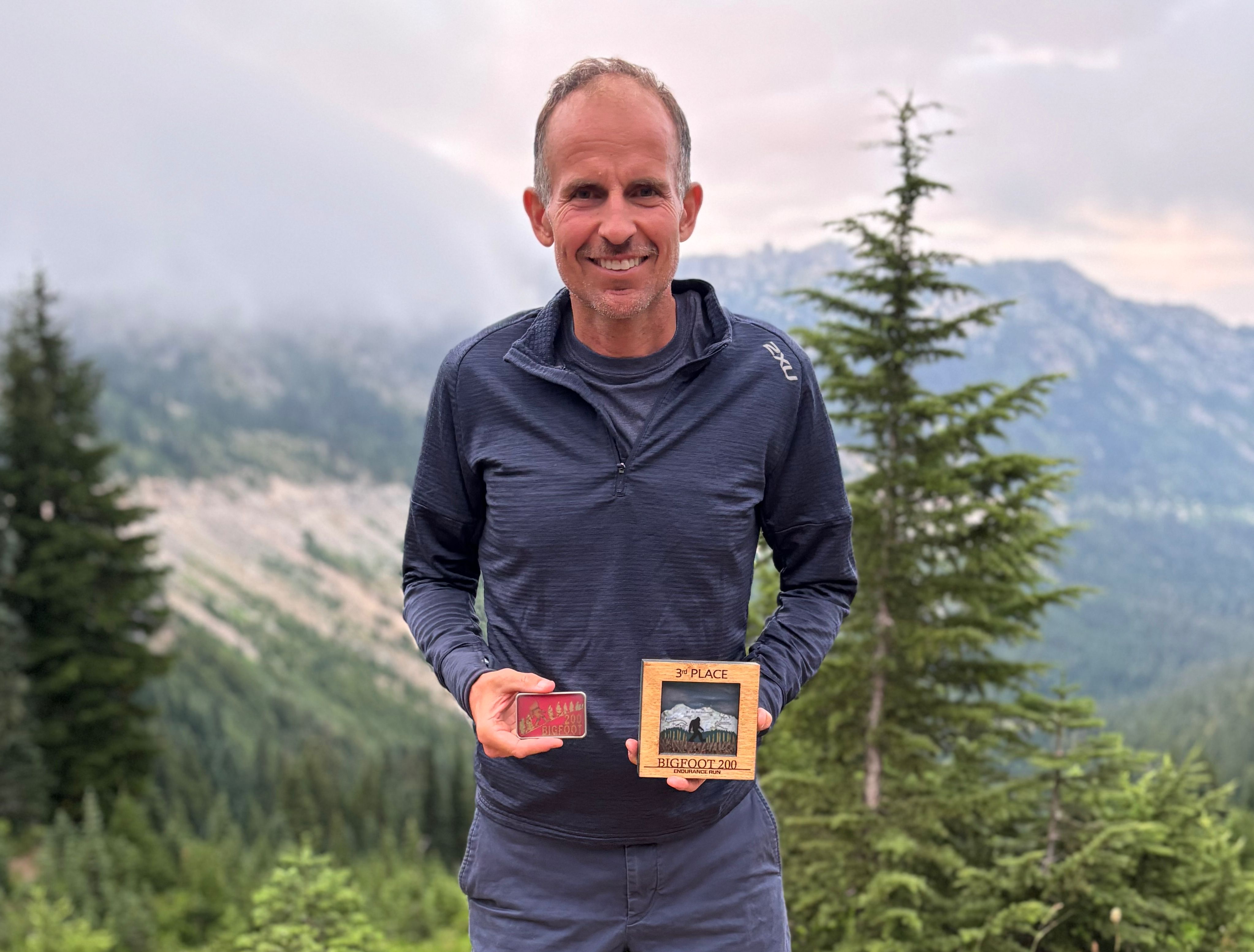
Harvey Lewis, an ultramarathon runner and high school teacher from Cincinnati—Ohio, has made a name for himself through his extraordinary endurance feats and commitment to a vegan lifestyle. Balancing his passion for running with a career in education, Harvey’s achievements span some of the world’s toughest races, including the Western States 100, Badwater 135 and most recently, the Bigfoot 200, where he secured a podium finish.
In addition to his running career, Harvey is the founder of RunQuest Travel—a small business that combines his love for travel and running by leading groups on running adventures abroad. A staunch advocate for veganism, Harvey credits his plant-based diet for enhancing his performance and overall well-being.
VegClub (VC): You’ve just finished third at the Bigfoot 200, which is an incredible achievement! It looked like a tough race, and you really had to battle it out for that podium. How do your mind and body feel after a race like that?
Harvey Lewis (HL): I really pushed myself this summer with three big ultras: Western States 100 in the final week of June, Badwater three weeks later and Bigfoot 200 two weeks after that. I was surprised that I was able to pull off a strong final marathon in Bigfoot 200, with another runner just minutes behind. Still, I know I need some time to rebuild and recover with my sleep and routines. Mentally, I was excited and fired up with the finish.
VC: This summer you’ve been one of the busiest ultra runners around. You ran Western States and Badwater 135, and you even decided to turn around after finishing Badwater and run back to the start. How do you manage recovery between these events?
HL: During races, I don’t typically focus on eating the healthiest vegan foods. I eat potato crisps, vegan cupcakes, Oreos, etc. I do eat watermelon, chia fruit squeezes, and avocado/hummus wraps during races too. But after races, I make sure to eat fresh fruits and vegetables and get a variety of vegan foods. I usually eat a bit more protein in the days following a race, but I rarely make a vegan protein shake.
I believe in the principle of ‘motion is lotion’. Even walking a mile the day after a race is good, unless you have an injury. I have a run streak, so I usually run at least a mile the day after the race, always at a slow, easy pace.
I also see a specialist in Active Release Therapy at least once a month and after a long race. Andy Shetterly in Cincinnati works to ensure my body is balanced. The body is a bit like a car and benefits from being aligned.
I love using heat and cold. I find the sauna therapeutic and great for reducing injury risk and speeding up recovery. The cold has similar benefits, but I usually use it seasonally.
VC: As a vegan athlete, how do you fuel your body for such demanding races? Perhaps you could tell us what your nutrition looked like during Bigfoot 200?
HL: I started with Tailwind as a base, using a Tailwind electrolyte drink and a Tailwind Recovery drink with protein. I don’t typically think too much about protein if the race is 100 miles or less, but for multi-day races, it helps to include protein in your food choices.
Aid stations were typically 15-19 miles apart. I packed 800-1,000 calories for these sections and carried two 500ml flasks and a 1.5-litre bladder in the back of my pack. On the first day, temperatures were in the high 80s (Fahrenheit), so I used all the fluids. One flask had Tailwind, the other water. For snacks, I packed watermelon, hummus wraps, fig rolls, Oreos, MUIR energy gels, frozen cherries, vegan biscuits from Whole Foods, cashews and crisps—among other things.
I spent the least amount of time at aid stations compared to the other runners, with just over two hours total across the whole race. At aid stations, I would typically take in Harmless coconut water, Coca-Cola (great for the caffeine at night) and soup, which was high in sodium and easy to digest.
VC: On social media, you mentioned needing to finish the Bigfoot 200 in time for school on Monday, and you did it! How do you balance teaching with ultrarunning?
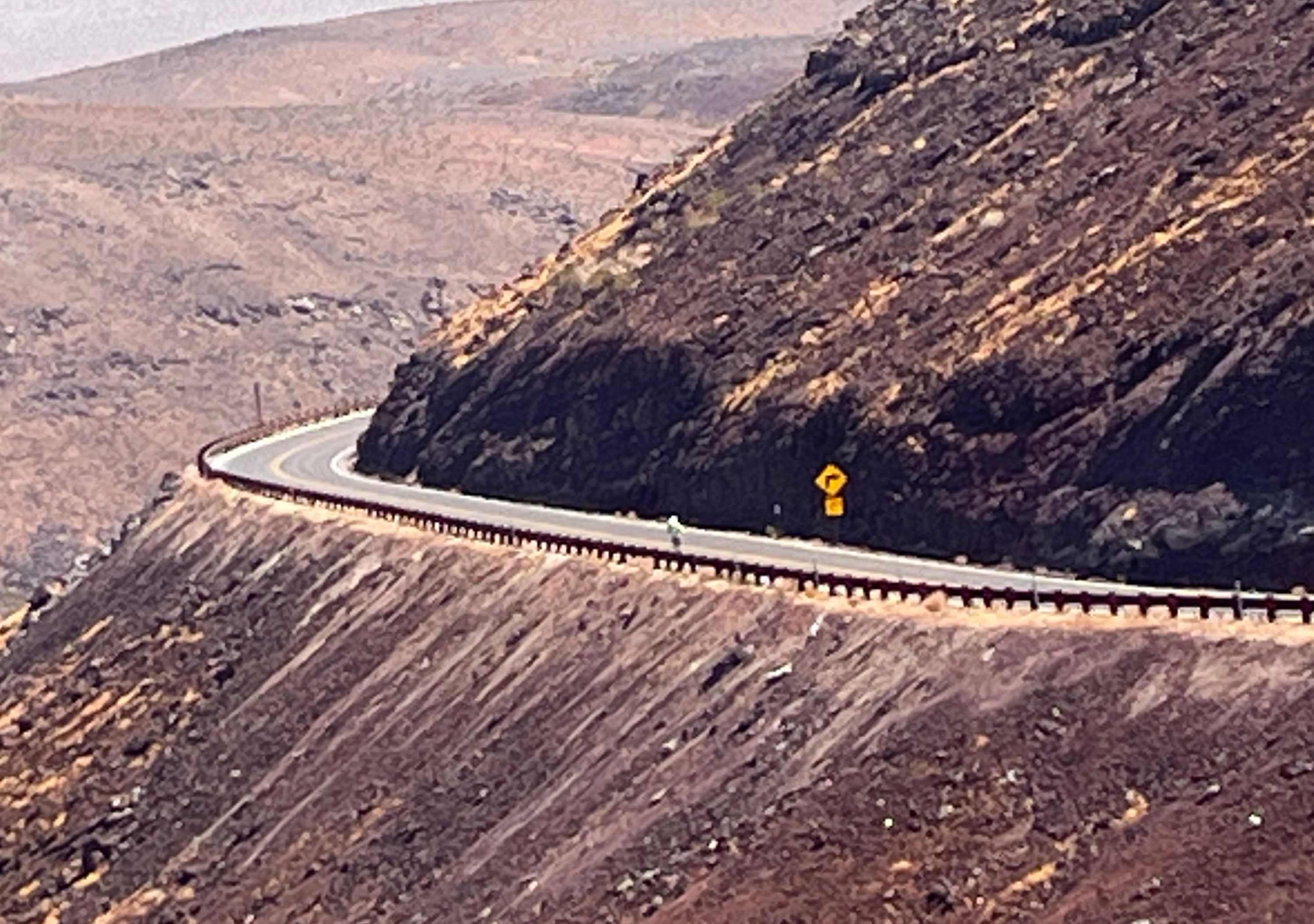 Harvey Lewis
Harvey Lewis
HL: I love my run commutes to and from school. I’ve kept the streak going and have just started my 12th year. Some days it’s just a 5k each way, while other days, I’m in full training mode and run a half marathon to school or back. Running invigorates my day, gives me time to think about my lesson plans and helps me unwind after a long day.
Read more Balancing business, family and the vegan boom: Lessons from purpose-driven entrepreneur Ryan Moore
I teach American government, but I believe it’s important to model a healthy lifestyle for my students. They see me running to school in all kinds of weather, which is important in a state like Ohio, where a third of the population is obese. Every Tuesday, I start class with a health tip, covering topics from sleep to dental care to eating more fruits and vegetables. I also started a vegan/vegetarian club at school, where we hold potlucks and explore healthy alternatives.
VC: What inspired you to adopt a vegan lifestyle in 2016, and how has it influenced your performance and overall well-being as an ultrarunner?
HL: I’ve been vegetarian since 1996 and was vegan for a couple of years in the 90s. I always knew I wanted to go back to veganism, but I was stuck in a pattern of convenience and habit. In 2016, I was motivated to go vegan, primarily for the animals. I realised that by consuming cheese and eggs, I was indirectly contributing to industries with cruel practices. Going vegan felt like the right thing to do.
It’s had a significant impact on my health too. All my greatest running achievements have come since I went vegan at age 40. I’ve been named one of the top 10 ultrarunners in North America for the past three years, hit my furthest distance at the 24-hour World Championship, and won Badwater 135 in 2021. It’s been a revolution for me and I was surprised at how easy it was to go vegan once I committed.
VC: Some vegan ultrarunners are known for eating junk food during races. Have you faced any misconceptions about being a vegan ultrarunner and how do you address these?
HL: I often hear people say, “how do you get enough protein?”—I explain that protein originates from plants. Another misconception is that vegan athletes will be too thin or unable to bulk up, but there are plenty of vegan powerlifters and bodybuilders who prove otherwise.
VC: Your ultrarunning achievements are remarkable. What drives you to keep pushing your limits and how do you stay motivated during tough races?
HL: I love being in nature and running long distances. For my biggest races, I write down my ‘whys’ and refer back to them during the race when things get tough. That keeps me going.
VC: We saw you advocating for ultrarunning to be included in the LA Olympics. Is that something you’re serious about?
HL: Yes, I think it would make an amazing event for the Olympics. With my time spread thin, I’m not the best leader for this campaign—but I’m serious about the potential.
VC: You’ve taken groups to Portugal with your business RunQuest Travel. Could you tell us more about your vision for the business and how it aligns with your passion for running and travel?
HL: My dream when founding RunQuest Travel over a decade ago was to take guests to extraordinary, off-the-beaten-track locations with local guides, incorporating running or hiking. Our guests come from a range of backgrounds, including many vegans and we always ensure there are vegan options available. We specialise in trips to Portugal and I usually only run one or two trips a year due to my teaching and racing commitments.
VC: How do you use your platform as an ultrarunner to advocate for a vegan lifestyle?
HL: At the start of each year, I run a seven-day vegan experience on my socials, featuring seven vegan athletes and their responses to various questions. I’ve also travelled to Vega Fest in Toronto, which was a fantastic experience. One of my biggest motivators is my mother, who had a stroke at 54 due to diet-related issues. I want to help educate people about the impact of their food choices on their health, animals, and the environment.
VC: What advice would you give to someone considering transitioning to a vegan diet, particularly if they’re an athlete or interested in endurance sports?
HL: Don’t wait! It’s like running an ultra—invest yourself and the rewards will be exponential. Have fun exploring new foods and enjoy the journey.
“I realised that by consuming cheese and eggs, I was indirectly contributing to industries with cruel practices.” on turning vegan
VC: Looking ahead, what are your future goals in ultrarunning, vegan advocacy and personal life? Any upcoming projects or races you’re excited about?
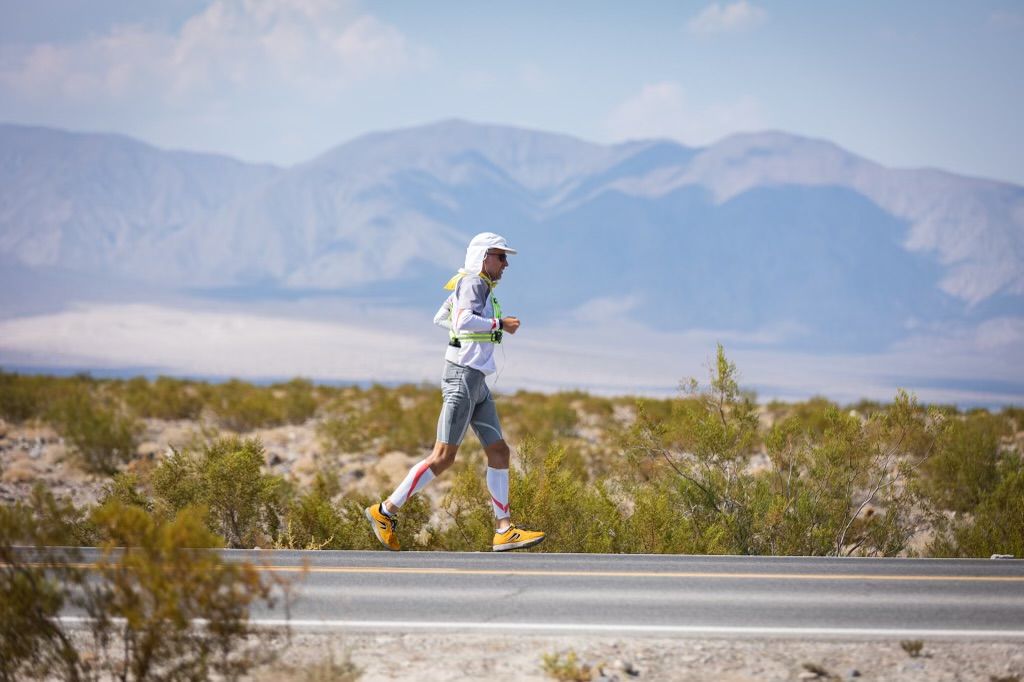 Harvey Lewis
Harvey Lewis
HL: I’ve been working on a book for the past four years and hope to finish it within the next two. I want to keep running ultras and pushing my limits. I’ll be racing the Salt Pans Ultra in Botswana in September and Bigs Backyard Team World Championship in October.
VC: We can’t tell you how excited we were for this interview. You’re someone we’ve looked up to for a long time and you do so much for the vegan community, but who inspires you?
HL: I’m most inspired by Muhammad Ali! I have a poster of him in my classroom. I loved his style, his ability to inspire people across the globe and his relentless intensity in fighting for humanitarian causes.
VC: What do you hope your legacy will be, both as an ultrarunner and a vegan advocate?
HL: I hope I’m just getting started. I want to bring people together in our community and help bring thousands more into the movement. According to recent Gallup polls, 4-5% of the US identifies as vegetarian and 1-2% as vegan. I want to see our world in 20 years becoming more vegan, with its undisputed benefits known and accepted by the vast majority of the population. The meat and dairy industry has invested untold amounts of money into marketing to convince the American public that, in order to be healthy, they need to eat meat and drink dairy. Like my good friend Mike Fremont, who is 102 and still canoeing, hiking, and doing pull-ups, I’m dedicated to sharing a different message with people—one that is certain to positively impact their quality of life, while also being cruelty-free and better for the planet.
If you enjoy our articles and want to read more of our content, check out how this restaurant in Carcavelos is shifting views on veganism. Perhaps take a look at ‘Making the Cut’ winner Yannik Zamboni: Redefining fashion with veganism and activism. Or explore the power of Asila: Taking the skincare industry to the next level.
sign up
for the vegclub newsletter.
Stay updated on all things vegan in Europe. Get exclusive articles, deals and giveaways delivered straight to your inbox. VegClub Magazine is the number one outlet in Europe and you will not want to miss our unique content.
